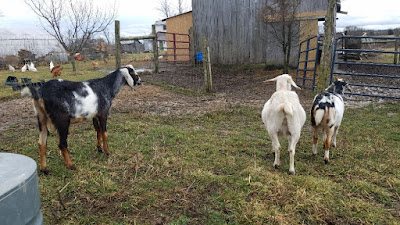Wendigo and I worked to clean out the chick brooder and set it up for our next shipment of babies. This time, six of the chicks are going to live with a friend so her daughter can experience the joy of raising little fluff balls. Another six chicks are destined for a friend once they are able to live without a heat source. Because the hatchery will only mail chicks during the winter in a box of twenty-five, we combined our order and I filled out the rest with more of those red ranger meat birds. We are all anxiously awaiting the email that says the chicks are on their way.
Always before, I used a heat lamp to keep the chicks warm. This time, I invested in an artificial hen chick warmer. It's like a hot plate on legs, that the chicks lay under. As the chicks get taller, I can adjust the leg height. I plugged it in to make sure it works, and it never felt that hot to me, although I didn't have it on very long. I'm excited to see if it works because the worst part of raising chicks is dealing with the heat lamp, which is a fire hazard and frequently blows the bulb when the chicks rattle it.
The greenhouse is ready to be planted. I bought some lettuce, pea, and other green plant seeds that I think will grow well in the cool spring weather.
Does this look like a salad green called corn salad? I've never grown it before, but I planted some seeds last fall and now there is a row of these small green plants. I guess I'll have to eat them and see!
Some of the red lettuce plants survived the freeze.
And a few green lettuce plants too.
I pulled weeds from the onion bed. I think it's time for a lettuce, corn salad, and chive dinner!































































